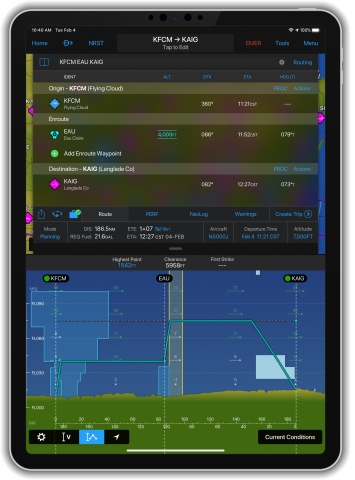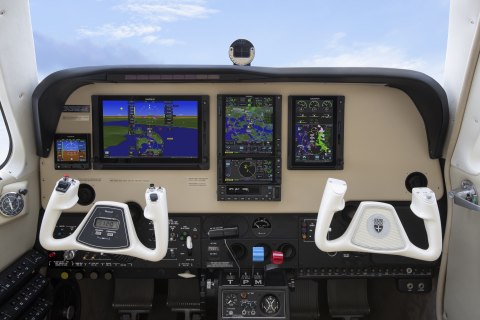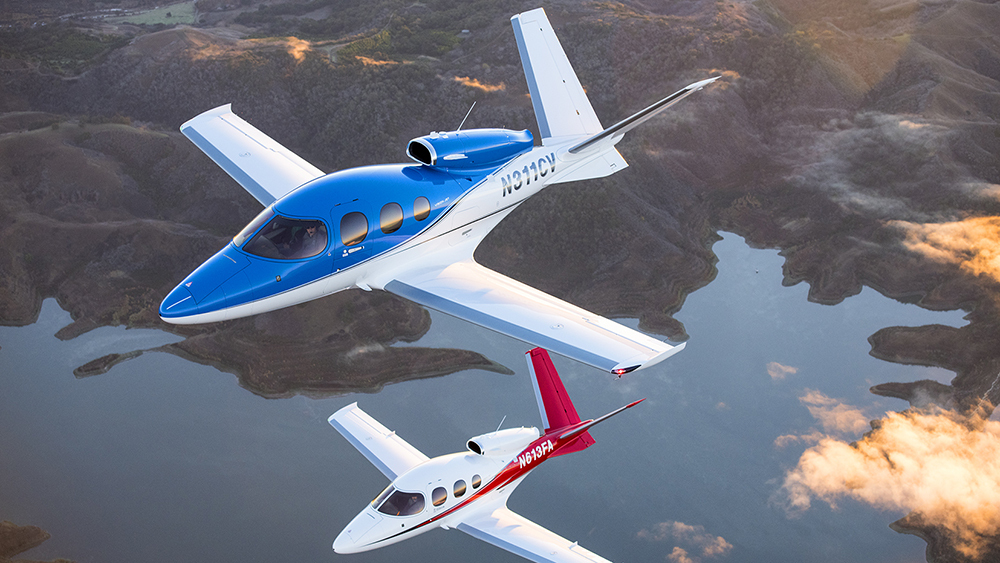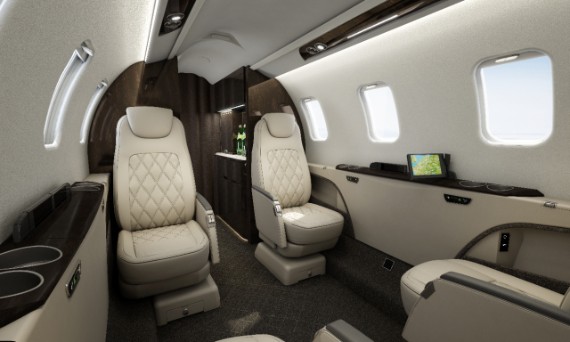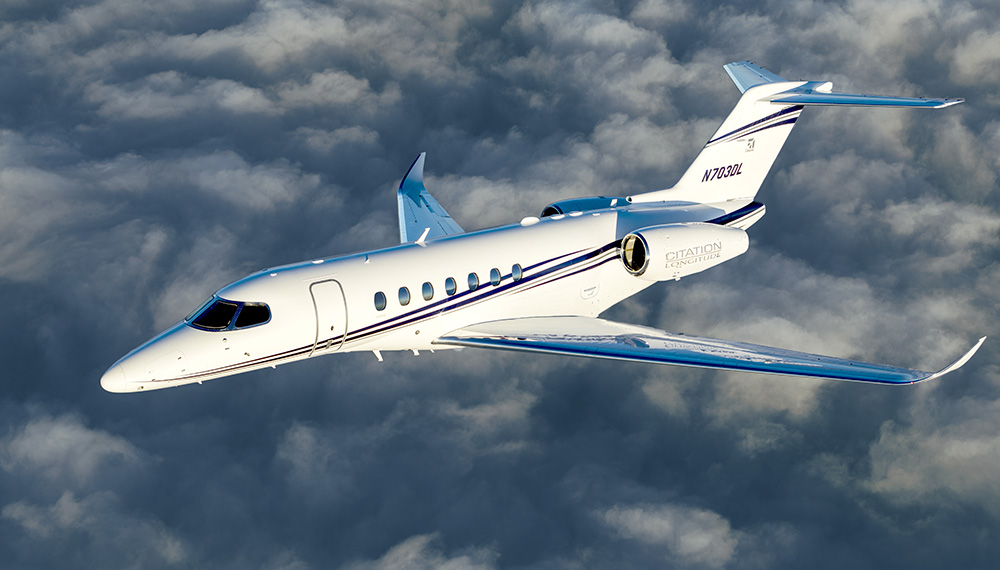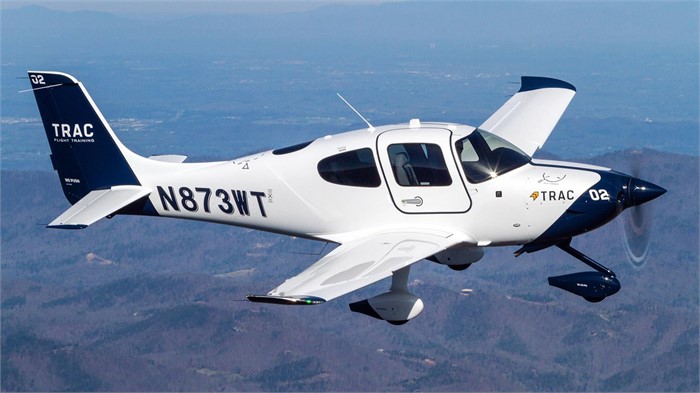- Gogo AVANCE L5 provides the fastest and most reliable 4G air-to-ground
high-speed internet coverage over North America for business aircraft today - Retrofit available for Learjet 40, Learjet 45, Learjet 70 and Learjet 75 aircraft throughout Bombardier’s growing service network, which has unparalleled OEM expertise to enhance the ownership experience for customers
- This high-speed connectivity is already available on new Learjet aircraft, and will be an option on the new Learjet 75 Liberty business jet
Bombardier Aviation is bringing faster connectivity to its in-service Learjet fleet as part of a continuing commitment to this legendary platform. Gogo Business Aviation’s next-generation, 4G air-to-ground (ATG) internet system, Gogo AVANCE L5, has been an available option on new Learjet aircraft since last year.
Bombardier is now offering customers the high-performance 4G in-cabin Wi-Fi system as a retrofit for in-service Learjet 40, Learjet 45, Learjet 70 and Learjet 75 aircraft. Customers can have the system installed at all Bombardier Service Centres and Authorized Service Facilities throughout the United States.
“Learjet aircraft are renowned productivity tools, and this enhancement ensures that our customers have the connectivity they need to maximize their time in the air,” said Michael Anckner, Vice President, Worldwide Sales, Learjet Aircraft and Corporate Fleets, Bombardier Business Aircraft. “With various upgrades available for our large fleet of in-service aircraft and the recent unveiling of our value-added Learjet 75 Liberty aircraft, there’s never been a better time to own a Learjet.”
The new and significantly faster 4G service uses Gogo AVANCE L5, which is lightweight and compact, accesses the Gogo Biz 4G ground network of more than 250 towers and delivers seamless connectivity over the continental U.S. and large parts of Canada and Alaska. Designed specifically for business aircraft, the system offers audio and video streaming as well as faster web surfing for a vastly improved user experience over previous-generation technology.
The iconic Learjet brand is synonymous with excellence in aviation, with more than 2,000 Learjet aircraft in service around the world. This fleet is a testament to the longevity and reliability of this platform, while the upcoming Learjet 75 Liberty signals a strong future for the world’s best light jet.
Bombardier is growing its worldwide support network, including a new service centre at Miami-Opa Locka Executive Airport and the recent addition of two U.S. line maintenance stations in Teterboro and Van Nuys. In addition to providing this 4G connectivity upgrade to the Learjet fleet, Bombardier is also offering the latest update to the popular Garmin G5000 avionics suite aboard Learjet aircraft, which was recently certified by the U.S. Federal Aviation Administration and brings many workload-reducing improvements to the cockpit.
The Learjet 75 Liberty aircraft is on track to enter service in mid-2020. Its spacious cabin features a
six-seat configuration that gives light jet passengers unprecedented freedom to stretch out. A standard pocket door delivers a quiet, productive flight coupled with the comfort of Bombardier’s signature smooth ride.
The Learjet 75 Liberty aircraft has a range of 2,080 nautical miles, able to connect Las Vegas to New York, Seattle to Washington, D.C., and Mexico City to San Francisco, nonstop.* This aircraft has the same operating costs as its competitors in the light jet category while offering the most spacious cabin, the fastest speed, the longest range and the smoothest ride. It is also a step up from other light jets in terms of safety standards, certified to the FAA’s more stringent Part 25 regulations, applicable to commercial airliners, unlike other light jets certified to Part 23 regulations.

